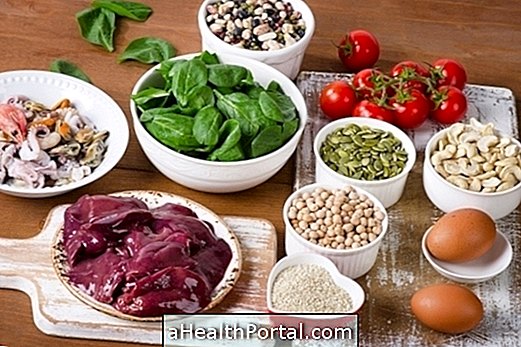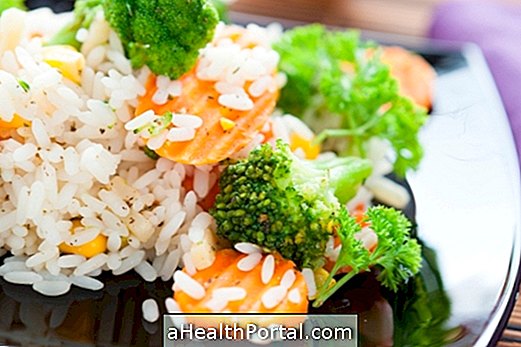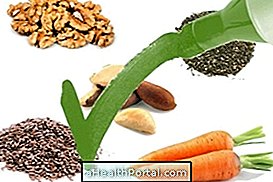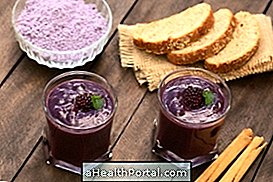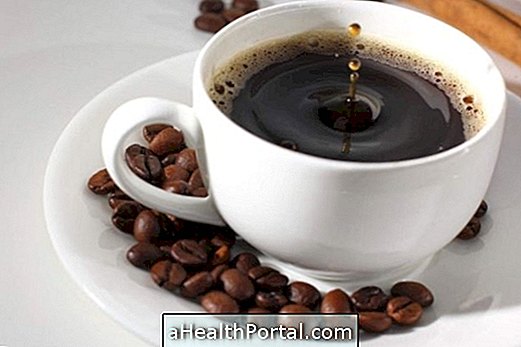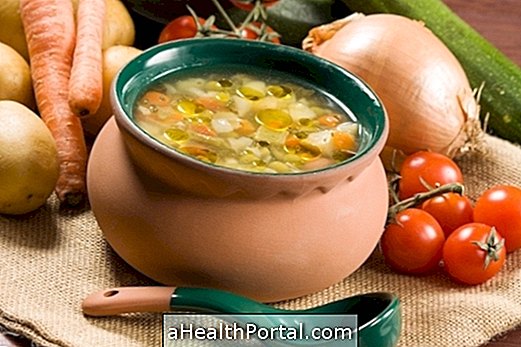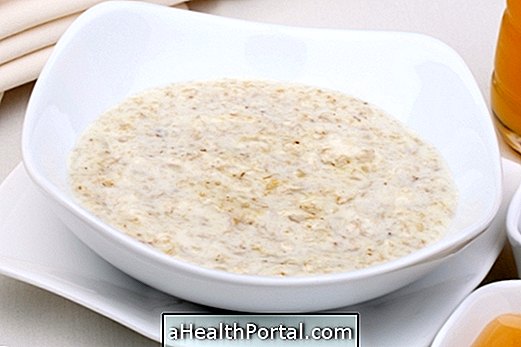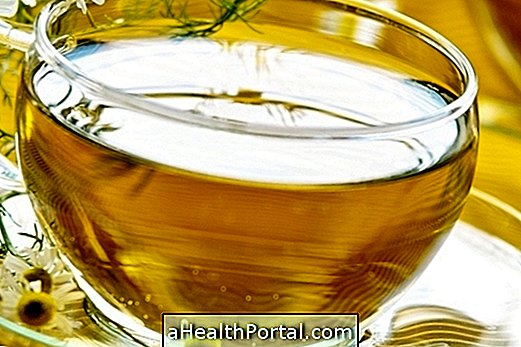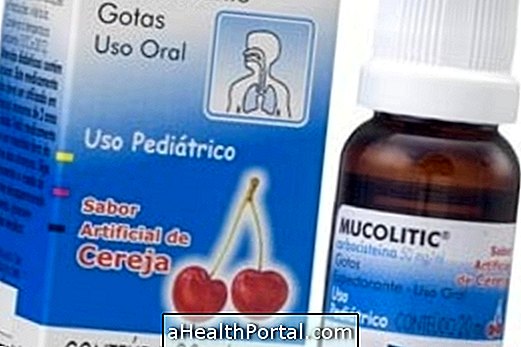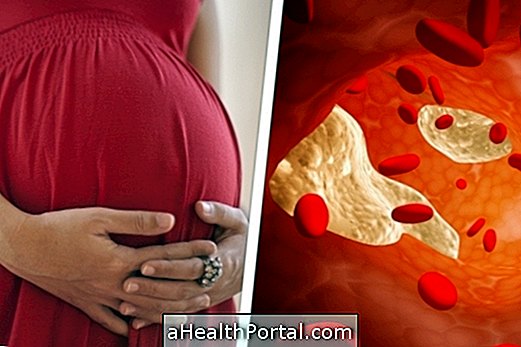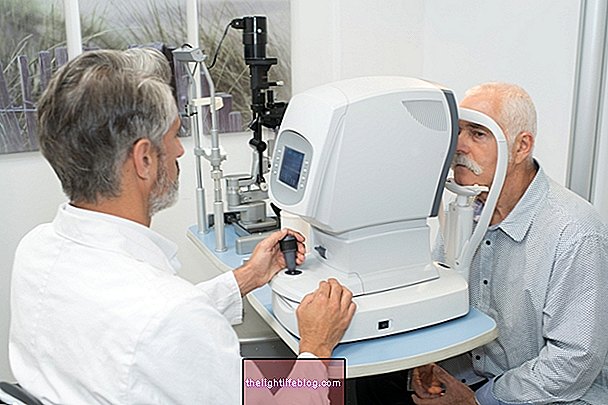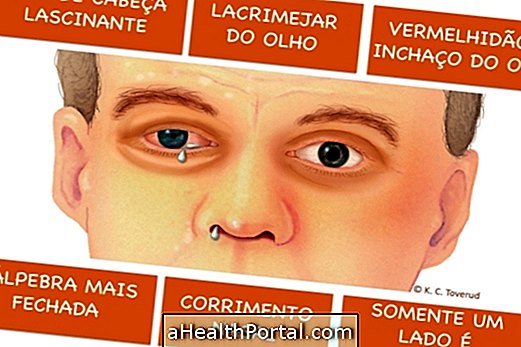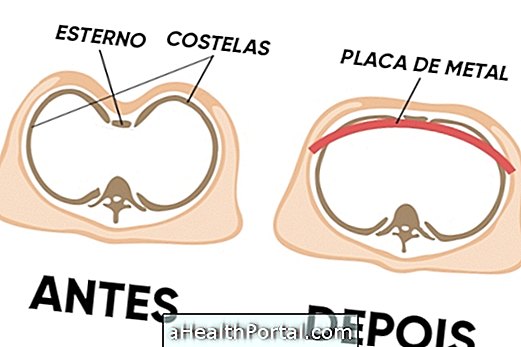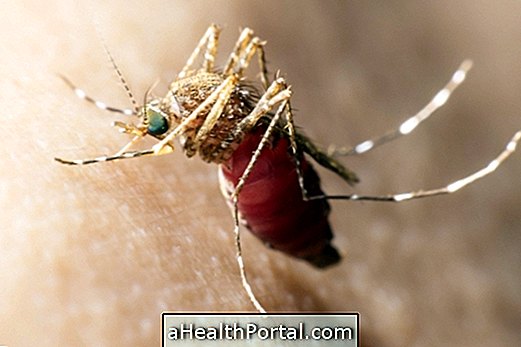In the diet for diabetes one should avoid especially the consumption of simple sugar and foods rich in white flour. In addition, you also need to reduce the consumption of large amounts of any carbohydrate-rich food, even if they are healthy, such as fruits, brown rice and oats.
This is because too much carbohydrate in the same meal stimulates the increase of glucose, leading to the lack of control of diabetes. See more tips below:

Diet for type 2 diabetes
Type 2 diabetes is one that usually appears as a consequence of overweight and poor diet, already emerging in adult life. It is easier to control and improves greatly with weight loss and regular physical activity.
Foods Allowed in Type 2 Diabetes
The foods allowed in the diet for type 2 diabetes are those rich in fiber, protein and good fats, such as:
- Whole grains : whole wheat flour, rice and noodles, oats, popcorn;
- Legumes : beans, soybeans, chickpeas, lentils, peas;
- Vegetables in general, except potatoes, sweet potatoes, cassava and yams, because they have a high concentration of carbohydrates and should be consumed in small portions;
- Meats in general, except processed meats such as ham, turkey breast, sausage, sausage, bacon, mortadella and salami;
- Fruit in general, as long as consumed 1 unit at a time;
- Good fats : avocado, coconut, olive oil, coconut oil and butter;
- Oilseeds : nuts, peanuts, hazelnuts, walnuts and almonds;
- Milk and dairy products, and care should be taken to choose yogurts without added sugar.
It is important to remember that tubers such as potatoes, sweet potatoes, macaxeira and yams are healthy foods, but because they are high in carbohydrates, they should also be consumed in small amounts.

Recommended amount of fruit
By having their natural sugar, called fructose, fruits should be consumed in small amounts by diabetics. The consumption recommendation is 1 serving of fruit at a time, which, in a simplified way, works in the following quantities:
- 1 average unit of whole fruits, such as apple, banana, orange, mandarin and pear;
- 2 thin slices of large fruits such as watermelon, melon, papaya and pineapple;
- 1 hand full of small fruit, giving about 8 units of grapes or cherries, for example;
- 1 tablespoon dried fruit such as raisins, plums and apricots.
In addition, it is important to avoid fruit consumption along with other foods rich in carbohydrates, such as tapioca, white rice, bread and sweets. See more tips on Fruits recommended for diabetes.
Dietary Forbidden Foods for Type 2 Diabetes
The forbidden foods in the diet for type 2 diabetes are those high in sugar or simple carbohydrates such as:
- Sugar and sweets in general;
- Honey, fruit jam, jams, marmalade, confectionery and pastry;
- Sweets in general, chocolates and sweets;
- Sugary drinks, such as soft drinks, industrialized juices, chocolate drinks;
- Alcoholic beverages .
It is important that diabetics learn to read product labels before consuming, because sugar may appear hidden in the form of glucose, glucose or corn syrup, fructose, maltose, maltodextrin or invert sugar. See other foods in: Foods rich in sugar.

Diet Menu for Type 2 Diabetes
The following table provides an example of a 3-day menu for type 2 diabetes:
| Meal | Day 1 | Day 2 | Day 3 |
| Breakfast | 1 cup sugar-free coffee + 2 slices whole-wheat bread with egg | 1 glass of coffee with milk + 1 fried banana with scrambled egg and 1 slice of cheese | 1 plain yogurt + 1 slice whole wheat bread with butter and cheese |
| Morning snack | 1 apple + 10 cashew nuts | 1 glass of green juice | 1 large banana with 1 teaspoon chia |
| Lunch dinner | 4 tablespoons of brown rice + 3 tablespoons of beans + chicken gratin with cheese in the oven + braised salad in olive oil | Baked fish with olive oil, potatoes and vegetables | pasta with ground beef and tomato sauce + green salad |
| Afternoon snack | 1 plain yogurt + 1 slice whole wheat bread with cheese | 1 glass of avocado vitamin sweetened with 1/2 tablespoon of honey honey | 1 cup sugar-free coffee + 1 slice whole-grain cake + 5 cashew nuts |
In the diabetes diet it is important to control meal times to avoid hypoglycemia, especially before practicing exercise. Here's what the diabetic should eat before exercising.
Diet for Type 1 Diabetes
Type 1 diabetes is more serious and more difficult to control than type 2 diabetes. It usually arises in childhood and is always required to take insulin to regulate blood glucose.
Because it is more difficult to control, patients with type 1 diabetes should always be followed up by the endocrinologist and nutritionist, as the amount of carbohydrate in all meals should be well controlled and adjusted along with the dose of insulin to be taken.
In this type of diabetes, the patient should reduce the consumption of the same foods as patients with type 2 diabetes, but the amounts should be regulated according to the history of glycemia and the use of insulin.
Watch the video and see how to feed:

